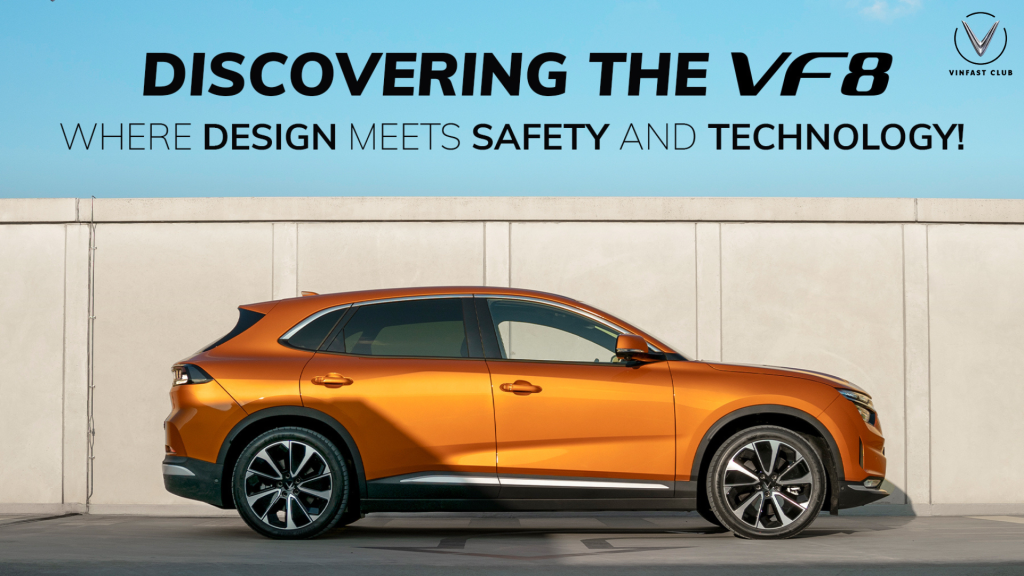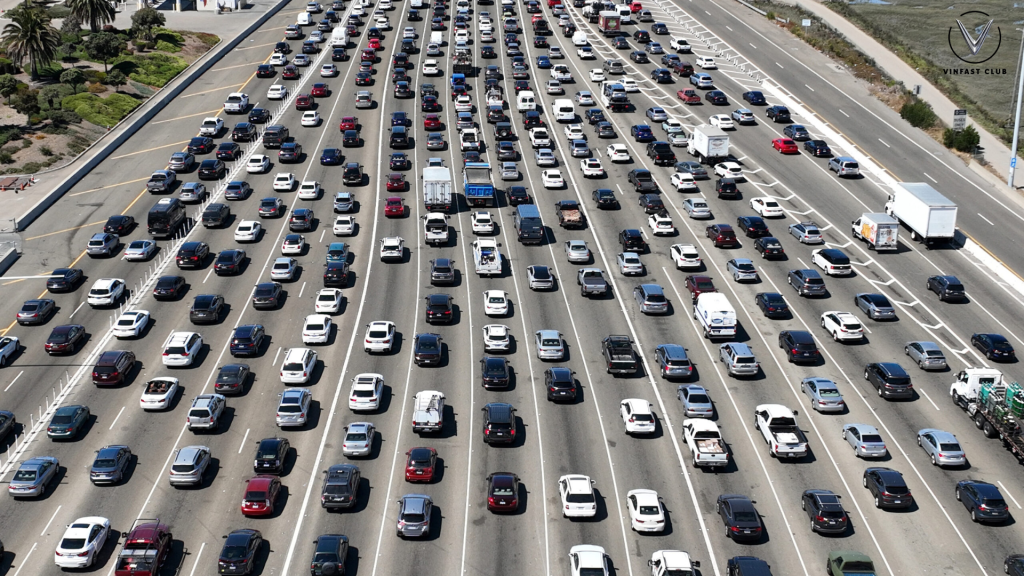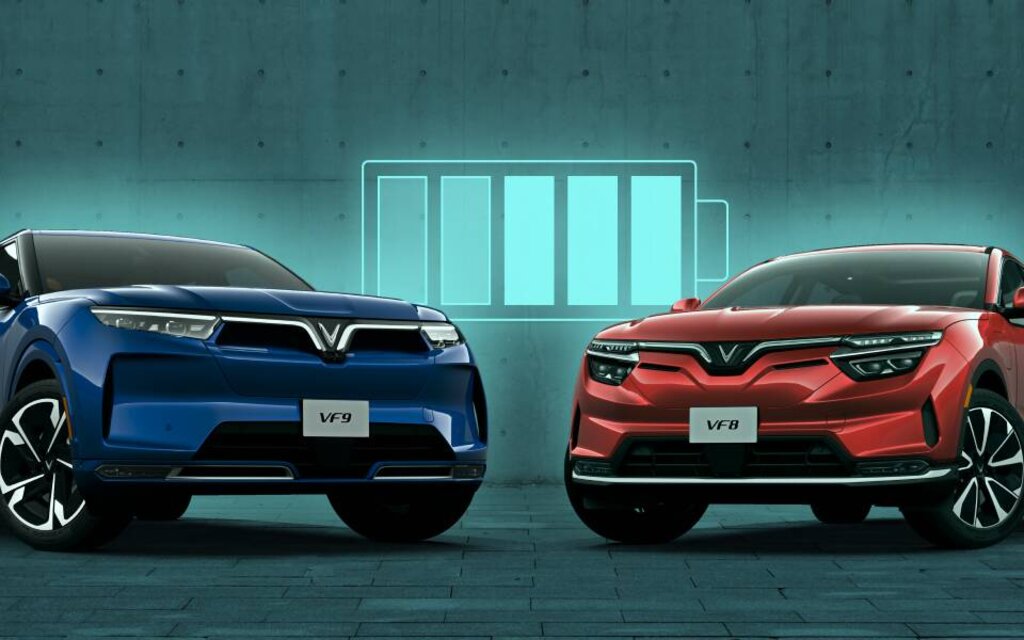6 interesting facts about EV and Pros-Cons you should know
Electric vehicles are not a passing trend; they become more affordable each year and consumers are becoming more comfortable with the idea of plugging in instead of fueling up. A recent survey found that some interesting electric car facts: The first electric vehicle was created in 1832. (Energy.gov) An EV would cost only $1.22 in energy to travel the same distance as a gallon of gas, which currently averages $3.83. (Energy.gov, AAA) The majority of EV car sales are in three markets: China, Europe and the United States. China leads the way with 60 percent of EV car sales globally. (IEA) EV car usage is on target to avoid the use of 5 million barrels of oil per day by 2030 (IEA) 77 percent of people who want to purchase an electric vehicle cite saving money on gas as the primary reason. (AAA) More than one-third of Americans would “definitely” or “seriously consider buying an electric vehicle if they were to purchase a new car today (Consumer Reports). Pros and cons of electric cars Electric vehicles have come a long way in the last few years, but still have much more room for improvement. In addition to the electric car…












